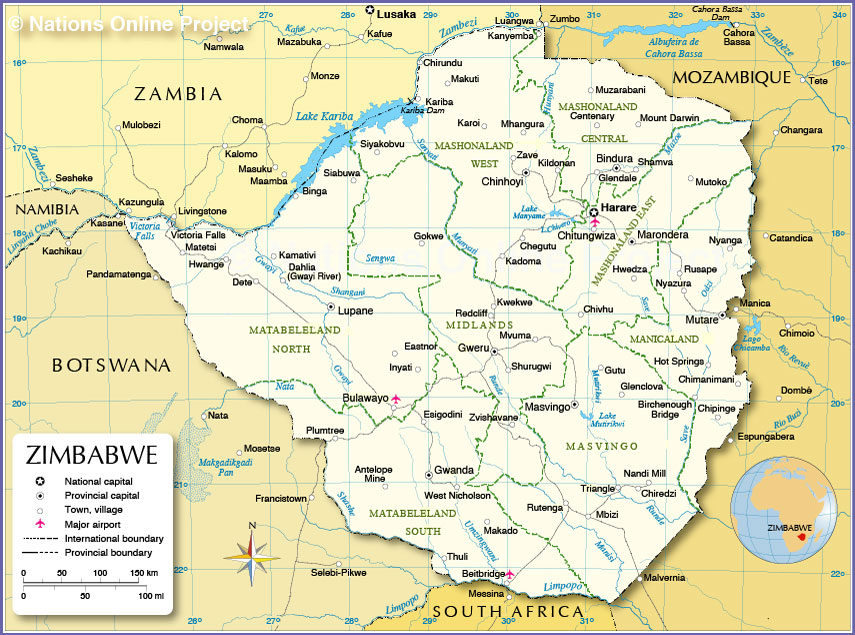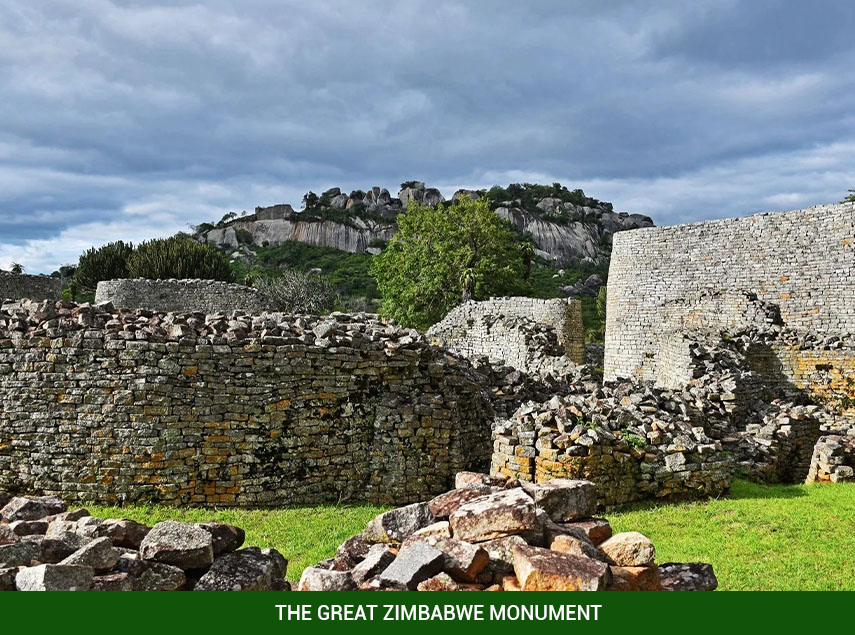About Us
History, culture, and nature.
The name Zimbabwe is derived from the Shona, dzimba dzemabwe, meaning houses of stone or stone buildings, today symbolized by the unique remnants of ancient ruins that are of cultural and historical significance to understanding ancient African kingdoms and civilization. The country got its name from the Great Zimbabwe Ruins which are the largest architectural structure of its kind in Africa, and are situated in the city of Masvingo in the South Earstern part of Zimbabwe. The Ruins bear testimony to the great civilization of the people of Zimbabwe. Zimbabwe is strategically located in Southern Africa, serving as a gateway through the North-South Corridor to Southern African logistics, roads, rail, power and telecoms, hence it is an attractive investment destination for companies wishing to spread into the Southern African region. With the advent of the second Republic in 2017, Zimbabwe aspires to be a middle income country by the year 2030 through its Vision 2030 and is open to do business with all countries and entities. The country is known for its dramatic landscapes, its diverse plant and wildlife, where the Big Five (lions, buffaloes, elephants, leopards and rhinoceros) can be found, offering one of the best safari experiences. It is also home to five UNESCO World Heritage Sites, i.e. the Great Zimbabwe Monument, the mighty Victoria Falls, Khami Ruins, Matobo Hills, and Mana Pools. Zimbabwe has a total land area of 390 757 square kilometres and a hard working and well educated populace of around 15.1 million people.

